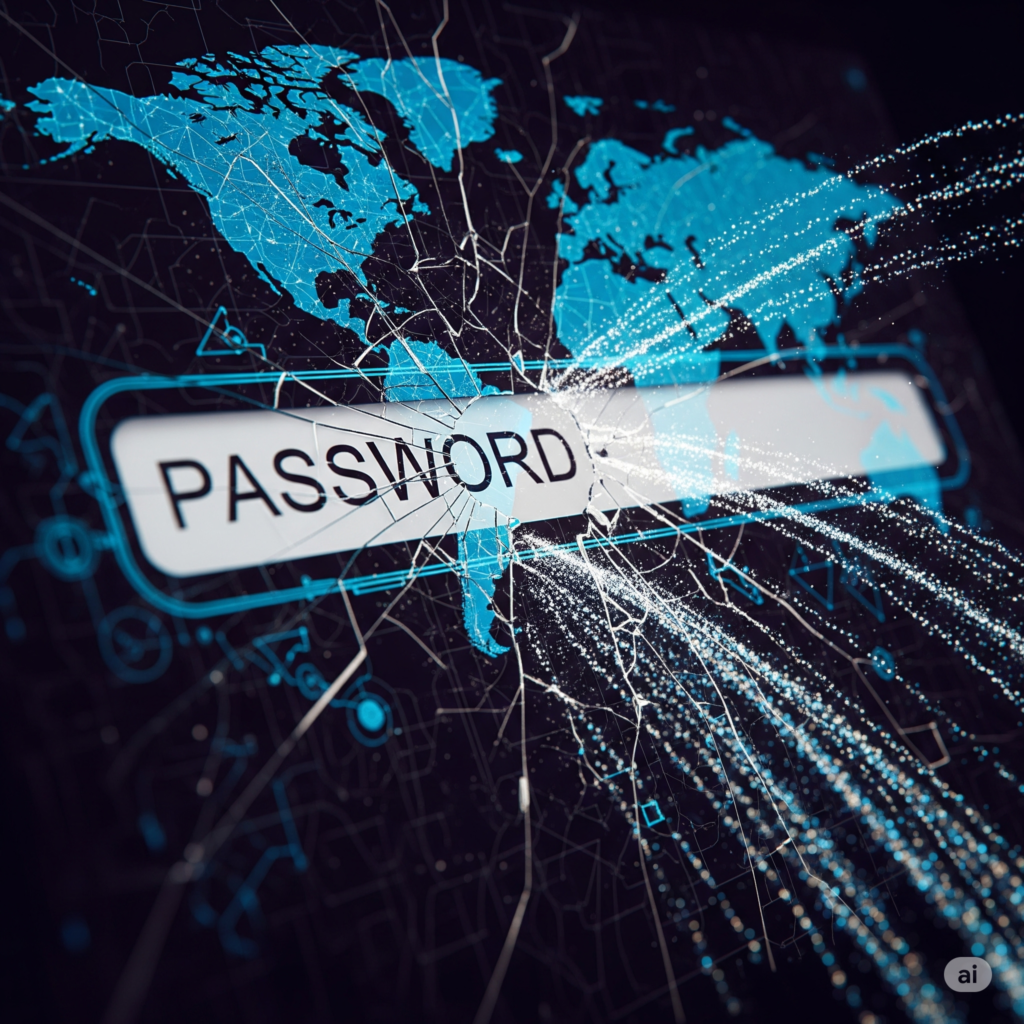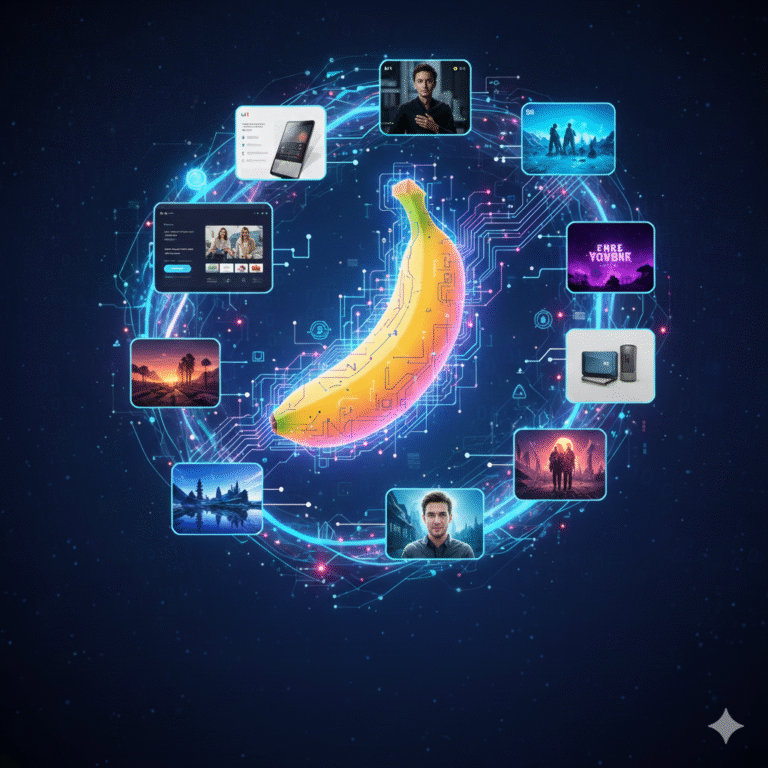📦 In short:
- Over 16 billion usernames and passwords have been exposed in a massive data breach.
- Credentials include logins from major platforms like Google, Apple, Facebook, and others.
- The breach appears to stem from multiple dark web dumps and historical hacks compiled together.
- Immediate action is required: change passwords, enable 2FA, and monitor accounts.
- This breach is a reminder of the urgency of online security practices.
🧭 One of the Largest Credential Leaks Ever
In a deeply alarming development, over 16 billion user credentials—including email IDs, usernames, and passwords—have been leaked online, affecting millions of users globally. The data dump reportedly includes sensitive credentials from platforms like Apple, Google, Facebook, and other widely used services. Security experts are calling it “one of the largest aggregated credential exposures” in recent history.
But where did this data come from—and more importantly, what should you do now to stay safe?
🌐 Where Did the Breach Come From?

This breach isn’t the result of a single hack. Instead, it appears to be a massive compilation of multiple previous leaks, data dumps, and dark web databases, combined into one searchable mega-file. Commonly referred to as a “COMB” (Compilation of Many Breaches) file, such collections often:
- Include data from older hacks (LinkedIn, Dropbox, Adobe, etc.)
- Add newly leaked credentials from recent phishing or malware incidents
- Are traded, sold, or freely shared on hacker forums and marketplaces
A Brief Timeline:
| Year | Major Platforms Breached |
|---|---|
| 2012 | |
| 2013 | Adobe |
| 2019 | Facebook phone number leaks |
| 2021 | COMB (3.2B credentials compiled) |
| 2024 | WhatsApp data scraping |
| 2025 | Latest mega leak: 16B+ accounts |
This time, even encrypted credentials from 2023–2025 incidents seem to be included.
🔍 What Platforms Are Affected?
While no single entity is being blamed yet, security researchers confirm credentials from:
- Google (Gmail and Workspace)
- Apple ID
- Facebook and Meta platforms (Instagram, WhatsApp)
- Microsoft accounts
- Netflix, Spotify, and other streaming services
- Banking and e-commerce sites
⚠️ If you’ve used the same password across platforms, you’re especially at risk from credential stuffing attacks.
🛡️ What You Should Do Now
If you think your credentials may be affected—or just want to be proactive—here’s what to do:
✅ 1. Change Your Passwords Immediately
Start with your primary email account and any reused passwords.
✅ 2. Enable Two-Factor Authentication (2FA)
Add an extra layer of security using OTPs, app authenticators, or biometrics.
✅ 3. Use a Password Manager
These tools generate and store strong, unique passwords for each site.
✅ 4. Check if You’re Compromised
Use trusted services like:
✅ 5. Watch for Phishing Emails and Suspicious Activity
Scammers often use breached data to send fake “account recovery” or “security alert” emails.
🔐 The Bigger Risk: Identity Theft and Financial Fraud
Beyond simple password leaks, aggregated data may include:
- Phone numbers
- Email addresses
- Partial credit card or billing info
- Device or location metadata
This data can be used to:
- Impersonate you
- Access financial accounts
- Create synthetic identities
🧮 Global Impact: The Numbers Behind the Leak
- 16 billion+ records involved in the latest breach
- Over 50% contain email + password combos
- 1 in 4 people globally may have data included from past breaches
- More than 100 GB of exposed data accessible through torrent or forums
🧭 Prevention Is the Best Protection
Although you can not prevent platforms from getting hacked, you can protect your personal data:
| Action | Why It Matters |
|---|---|
| Unique passwords | Prevents one breach from spreading |
| 2FA | Stops access even with a password |
| Password managers | No need to remember dozens of logins |
| Secure email | Your email is the gate to all other accounts |
🔚 Conclusion: Don’t Wait to Be a Victim
This breach may not feel personal until it’s too late. But with billions of credentials out there, the odds are not in your favor.
🔐 Start securing your digital life today. A strong password and a few minutes of setup can prevent years of regret.









+ There are no comments
Add yours